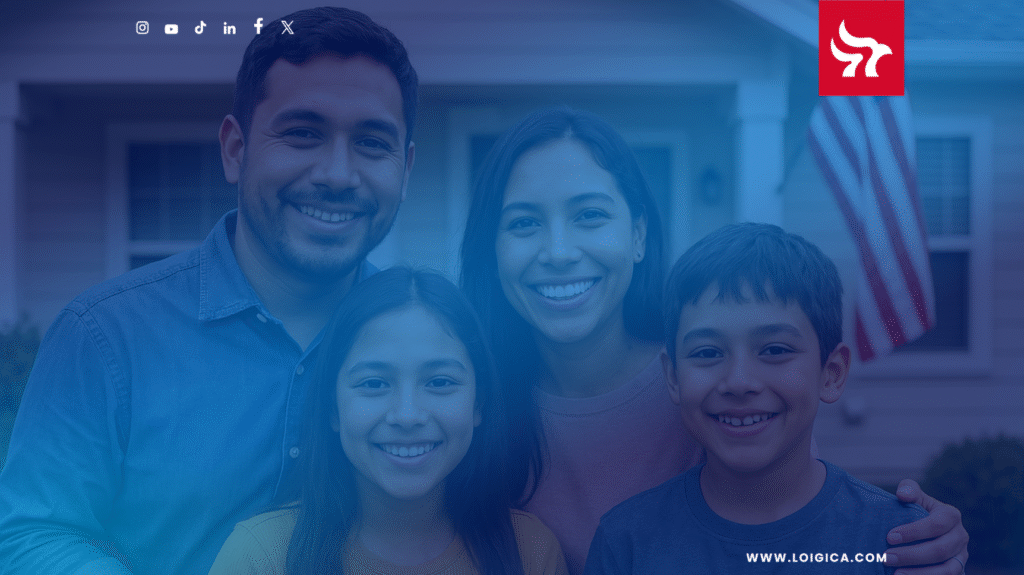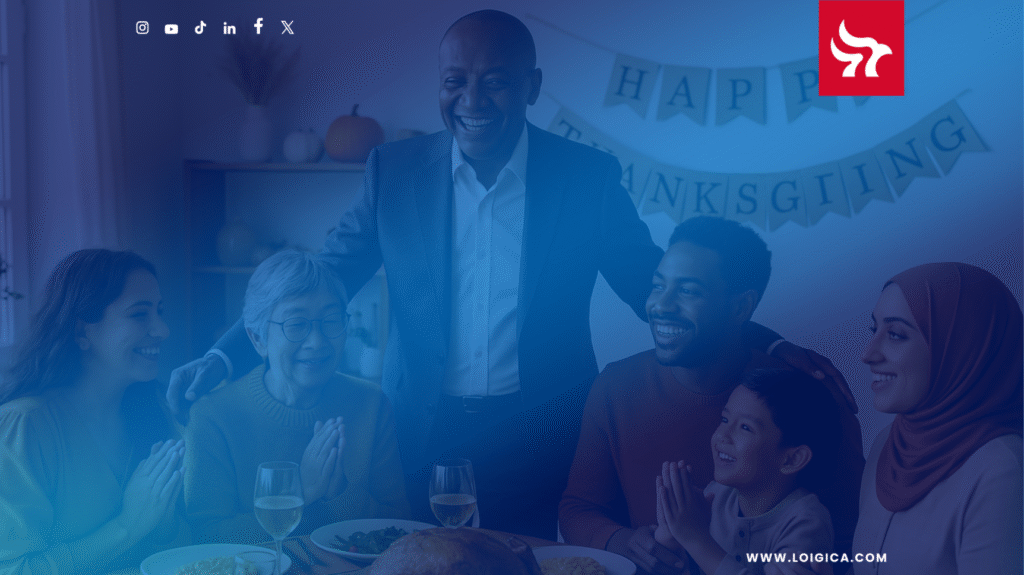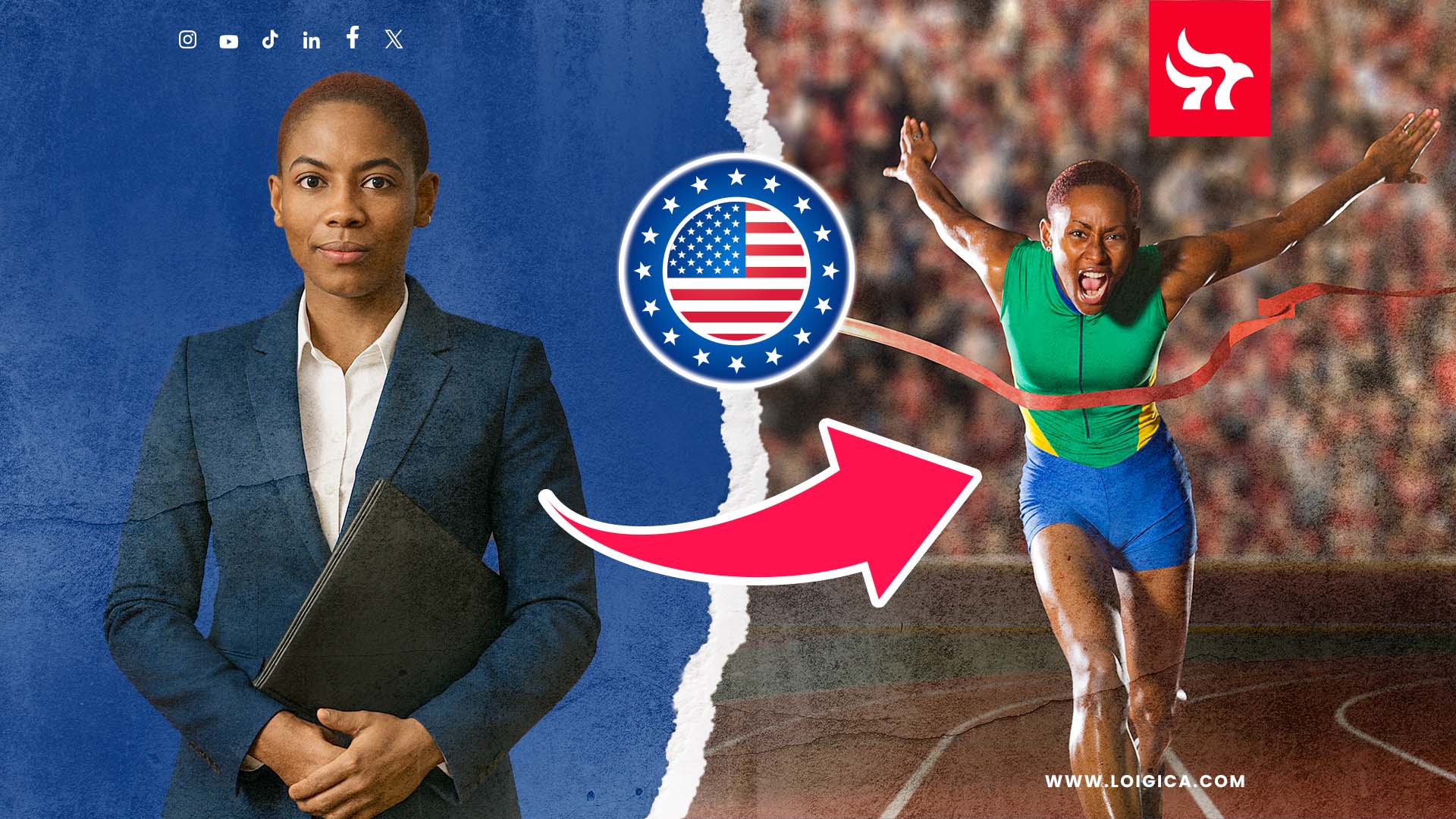Get the latest information
Suscribe to our newsletter and receive on your inbox every Monday everything you need to know on US Immigration
A P‑1 visa lets world‑class athletes and the people who help them cross the U.S. border, earn prize money, and focus on their sport. It is a work visa, not a tourist stamp. Because it fills stadium schedules and TV slots, Congress built a clear path and set a lower legal bar than the one applied to Nobel‑level scientists. Still, the rulebook is strict. This article tells you who can use the P‑1 door, what papers you must gather, how long each stage usually lasts, and how the pass stacks up against other sports visas and the EB‑1 green‑card track.
Who can apply for a P‑1 visa?
A P‑1 covers athletes who already shine on the global stage. There are two tracks:
- P‑1A is for an individual star or a whole team that is “internationally recognized.” To prove that, you show a major league contract, world ranking, or press record. If a sport is individual—think tennis or surfing—you need a contract “commensurate with international recognition.” If it is a league sport, the team must play in a league with a “distinguished reputation.”
- P‑1S is for essential support staff. That word covers coaches, trainers, physiotherapists, video analysts—anyone whose skill is key and hard to replace in the U.S.
Age is no bar, there is no degree rule, and you do not have to show “extraordinary ability,” the higher O‑1 standard aimed at Olympic podium finishers. A U.S. employer—or an agent representing several events—must file the petition. Athletes cannot self‑petition.
What you need and how long it takes?
- The petition (Form I‑129). Your team or agent files Form I‑129 with U.S. Citizenship and Immigration Services. They’ll attach:
- A signed contract or event invite.
- A detailed game or tour schedule.
- Proof of international fame—rankings, media stories, stats, prize lists.
- A written advisory opinion from the sport’s U.S. league, union, or governing body.
- For P‑1S staff: a letter that names the athlete or team and shows why the staff role is vital.
- USCIS review. Standard processing runs two to six months, depending on sport‑season surges. If time is short, pay for Premium Processing and USCIS must decide in 15 calendar days. This step ends with approval (Form I‑797) or a request for more proof.
- Consular stage. With the USCIS approval in hand, each traveler completes Form DS‑160 online, pays the visa fee, and books an interview at a U.S. consulate. Wait times shift each month and by city; the State Department now posts average waits online so athletes can plan around them. Bring the approved petition, the DS‑160 confirmation sheet, your passport, a head‑shot photo, and proof you will return after the season.
- Entry and stay. At the airport, show the visa and the I‑797. Individual athletes may be admitted for up to five years for one petition; teams get one year at a time but can extend. P‑1S staff get up to one year, renewable if the athlete or team still needs them. Spouses and children under 21 receive P‑4 status; they may study but not work.
How the P‑1 stacks up against other visas—and the EB‑1 green card?
P‑1 vs. O‑1
Both let top athletes work in the U.S., but the O‑1 demands proof of “extraordinary anbility,” a tougher test than the P‑1’s “international recognition.” The O‑1 is only for the individual; team petitions must name each player. P‑1 is the smoother choice for league teams and for stars whose records are good but not yet historic
P‑1 vs. B‑1
Some amateur athletes enter on a B‑1 visitor visa for short charity events, but they cannot earn prize money beyond expenses. Professionals risk being turned away if they try that route. Pick P‑1 when pay or ranking points are on the line.
P‑1 vs. H‑2B
Baseball’s minor leagues once used the H‑2B seasonal worker visa, but the yearly cap and lottery make it uncertain. The P‑1 has no annual quota, so it offers a steadier lane.
P‑1 vs. EB‑1
The EB‑1 is not a visa at all; it is the first‑preference immigrant category that leads straight to a green card. Athletes use the EB‑1A sub‑category (extraordinary ability). Here are some key contrasts:
- P‑1 is temporary; EB‑1 grants permanent residence.
- P‑1 needs a U.S. employer; an EB‑1A can be self‑filed.
- EB‑1A mirrors Olympic‑gold stature. Only a slice of P‑1 talent will also clear the EB‑1 bar.
- A P‑1 can be approved in weeks with Premium Processing. An EB‑1 can still take a year or more because, after USCIS, you face a State Department queue (though the category is current for most nations in 2025 visa bulletins).
- A P‑1 ties you to the events in the petition. An EB‑1 green card lets you live and train anywhere, sign any endorsement, and even coach full‑time after retirement.
Many elite players use the P‑1 to enter fast, then gather trophies and press and file for EB‑1A once their U.S. season ends. That two‑step path eases timing stress and lets the athlete test the market before seeking permanent status.
Bottom line
A P‑1 visa is the go‑to tool for an athlete or team that already ranks high abroad and needs to work in the United States soon. The rulebook is clear: show a big‑league contract, an event list, proof of global standing, and a league letter. File an I‑129, wait for USCIS, sit the consular interview, and you are set to compete. The visa beats the O‑1 for teams, dodges the H‑2B cap, and works when the B‑1 would bar pay. It does not, however, plant a long‑term flag. For that, look at the EB‑1. Until you reach that higher bar, the P‑1 keeps you in play—and on the field that matters most to your career.

Harry Tapias
CEO and co-founder at LOIGICA. Provides strategic immigration guidance for businesses and individuals, drawing on finance, marketing, and legal expertise from DePaul University and Nova Southeastern University. Specializes in H-1B, L-1, and PERM Labor Certification. Recognized for an empathetic and innovative approach, he has earned appointments to the boards of Vizcaya Museum and Gardens and the Miami-Dade County History Preservation Board.
This blog was written with asistance of generative AI. It is provided for informational purposes only. It does not constitute legal advice. The information presented here is based on general principles of U. S. immigration laws, as well as general information available for public search on public matters, as of the date of publication. Immigration laws and regulations are subject to change and individual circumstances may vary. If you need expert counceling on immigration matters, contact one of our attorneys.


Family-Based Petitions to United States: the real heart of the immigration system



